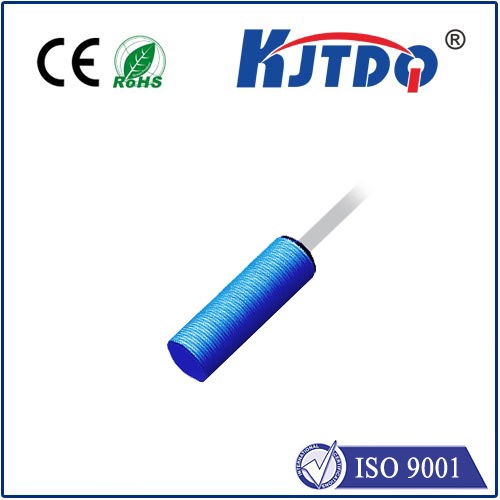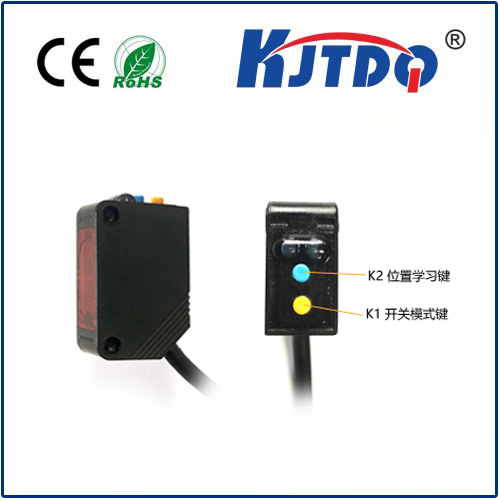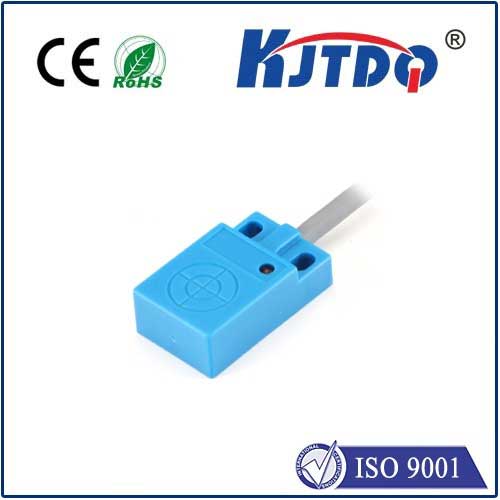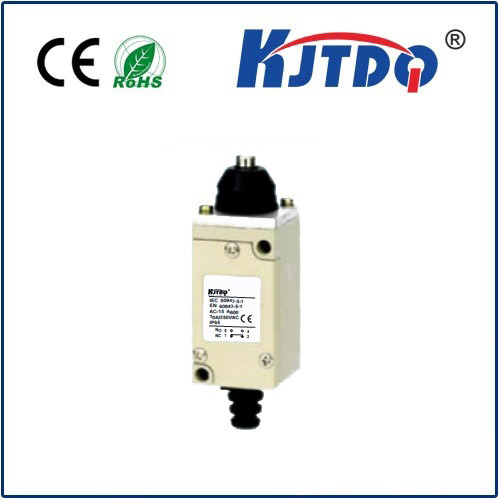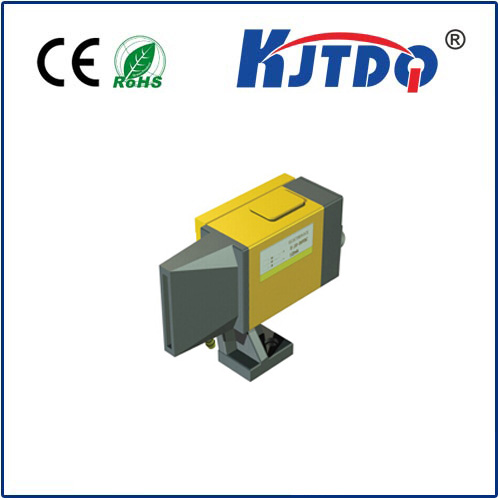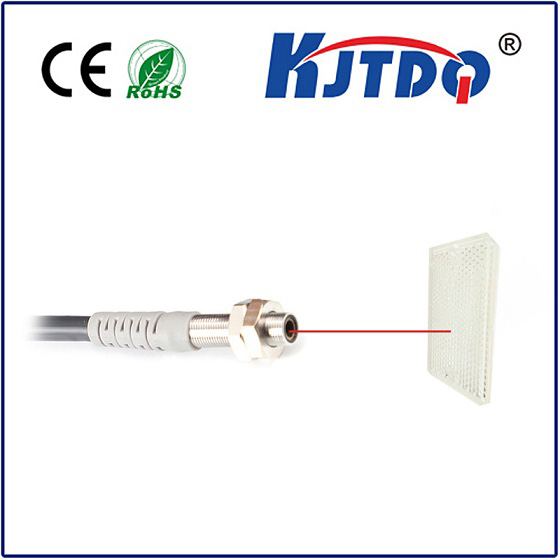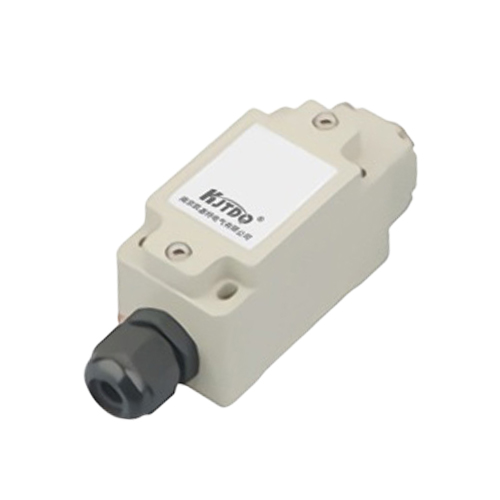Перемещаемый предельный переключатель
- time:2025-08-01 10:04:28
- Нажмите:0
Resettable Limit Switches: Guardians of Machinery with a Second Chance
Imagine a high-speed packaging line. Conveyors hum, robotic arms dart with precision, and products zip towards final boxing. Suddenly, a misaligned case jams the pathway. Without intervention, the relentless force of the machine could cause catastrophic damage – bent metal, shattered components, costly production shutdowns, or even worse, a safety hazard. This is where the unsung hero, the Перемещаемый предельный переключатель, silently steps in, acting as a crucial safeguard and offering a vital recovery path.
Understanding the Essential Role of Limit Switches
At its core, a limit switch is a fundamental control device ubiquitous in industrial automation and machinery. Positioned at strategic points along the path of moving parts, its primary function is simple yet critical: to detect the presence or absence of an object or to confirm that a component has reached a predefined physical endpoint. When activated – typically by physical contact with a lever, roller, plunger, or cam – the switch changes its electrical state. This signal is instantly relayed to the machine’s control system (like a PLC), instructing it to stop movement, reverse direction, initiate a sequence, or trigger an alarm.
Think of them as the “touch sensors” of the mechanical world, defining the boundaries within which machinery operates safely and efficiently. Common applications include:
- Travel Limitation: Preventing a crane trolley from running off the end of its rail.
- Position Verification: Confirming a robotic arm has retracted fully before a safety door can open.
- Over-Travel Prevention: Stopping a hydraulic press if it descends beyond its safe stroke limit.
- Object Detection: Sensing the presence of a part on a conveyor before a process begins.
- Door/Gate Interlocking: Ensuring access doors are closed before machinery starts.
The Critical Distinction: Resettable vs. Non-Resettable

While all limit switches serve the fundamental detection role, the resettable aspect introduces a crucial layer of operational resilience and safety. Here’s the key difference:
- Standard Limit Switches: Upon activation (e.g., encountering an obstacle or reaching an end-of-travel), they open (or close) their contacts, signaling the machine to stop. However, they often require a manual reset process once the triggering condition is resolved. This might involve physically accessing the switch and pressing a reset button or lever. This is necessary to restore the electrical circuit and allow the machine to restart.
- Resettable Limit Switches: These incorporate a specific mechanism designed for manual or easy reset after they have been tripped. They fulfill the same detection function but crucially enable operators to reset the switch directly at the point of activation once the fault condition (like the jammed case) is cleared. This reset functionality is often integral to the switch design, featuring a prominent button, lever, or knob.
This distinction is far from trivial. Resettable limit switches are engineered for scenarios where interruptions are foreseeable, recoverable, and require minimal downtime.
The Mechanics Behind the Reset
How does this reset function work internally? Resettable limit switches often utilize a mechanical override or a specific latch mechanism alongside their standard switching elements (microswitches or solid-state equivalents). Common designs include:
- Push-Button Reset: A prominent button protrudes from the switch housing. When tripped, this button pops out or changes state. Pushing it back in manually resets the electrical contacts.
- Lever Reset: A lever arm, potentially the same one used for actuation, needs to be manually returned to its original position to reset the contacts.
- Key Reset: Some high-safety or tamper-resistant models require a physical key for resetting, adding an extra layer of control.
The reset action physically reverses the state change caused by the over-travel or obstruction, re-enabling the circuit and allowing normal operation to resume.
Why Choose Resettable? Key Advantages in Operation
The deliberate choice for a resettable limit switch offers tangible benefits that directly impact productivity, safety, and maintenance cost:
- Minimized Downtime: This is the paramount advantage. Instead of requiring a technician to locate, access, and reset a standard switch (potentially involving tools or accessing difficult spots), operators can often reset the switch immediately after clearing the obstruction. Production resumes significantly faster.
- Enhanced Operational Efficiency: Quick reset translates directly to keeping production lines running, packaging machines operational, and material handling systems flowing. Reducing recovery time boosts overall equipment effectiveness (OEE).
- Improved Safety Workflow: Resettable switches integrate the reset point directly at the location of the fault. This encourages operators to clear the problem before resetting, reinforcing a safer “clear-then-reset” sequence. It prevents remote, potentially unsafe resets without verifying the hazard is gone.
- Simplified Troubleshooting: When a machine stops due to a limit switch trip, a prominently resetable switch instantly identifies the location and nature of the issue (e.g., “Conveyor Section 3 End-of-Travel Tripped”). This simplifies root cause analysis.
- Reduced Maintenance Burden: Faster recovery means less pressure on maintenance teams for simple reset tasks. Operators handle routine interruptions, freeing technicians for higher-level maintenance and proactive work.
Diverse Applications Demanding Resilience
Resettable limit switches prove invaluable in countless industrial settings where recoverable over-travel or obstructions are part of the operational reality:
- Material Handling Systems: Conveyors (end stops, jam detection), automated guided vehicles (AGV bumpers), palletizers/depalletizers (layer height limits).
- Packaging Machinery: Case erectors, fillers, cappers, labelers, case packers (detecting jams, confirming component positions, end-of-stroke limits).
- Станки: CNC routers, presses, saws (workpiece positioning verification, door interlocks, travel limits).
- Process Equipment: Mixers, valves, actuators (position confirmation for automated sequences).
- Automotive Assembly: Robotic cell safety gates, part presence verification at stations.
- Elevators & Lifts: Overspeed governors, landing zone verification (often requiring specialized, safety-rated resets).
Selecting the Right Resettable Limit Switch: Key Considerations
Not all resettable switches are created equal. Choosing the optimal one requires careful evaluation:
- Actuator Type: Choose the right “trigger” for the application: lever (right-angle, roller, whisker), plunger, wobble stick, rotary cam. Consider the force required and the nature of contact.
- Environmental Rating (IP, NEMA): Critical for durability. Specify the required level of protection against dust, moisture, oils, and corrosive agents (e.g., IP67 for washdown environments).
- Electrical Ratings: Ensure the switch contacts can handle the required voltage (e.g., 24VDC, 120/240VAC) and current (amperage) of the control circuit it’s interrupting.
- Contact Configuration (NO/NC): Normally Open (NO) or Normally Closed (NC) contacts dictate the circuit behavior upon activation. NC contacts are often preferred for safety circuits as wire breaks also cause a trip condition.
- Reset Type & Security: Consider ease of operation (push-button vs. lever) and potential need for tamper-resistance (keyed reset).
- Mechanical Life Expectancy: The number of operating cycles (actuations/resets)

